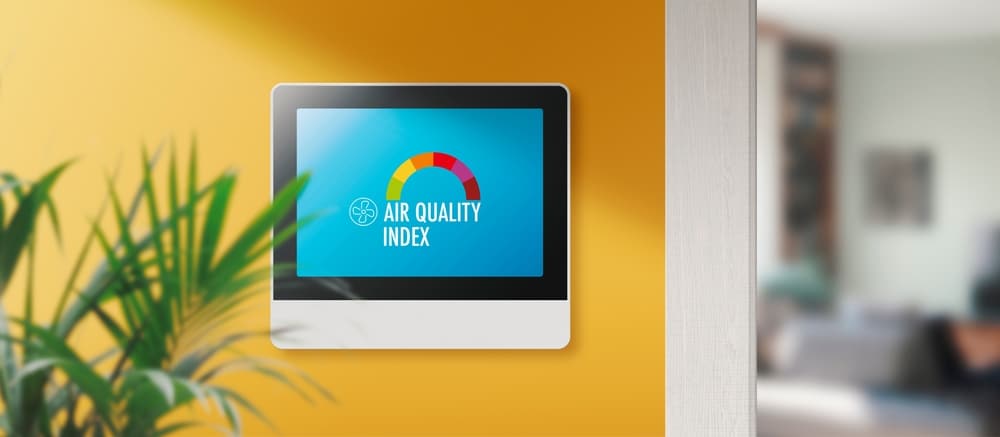Breathe Easy: How to Track Air Quality and Stay Safe From Pollution

With so many outdoor activities beckoning, summer is not the time to stay indoors! But what do you do when there’s an air quality alert in your area? What does “air quality” mean anyway, and how worried should you be?
Air quality and negative health effects
Air quality sounds important, but what does this measurement actually mean? Luckily, it’s not too complicated. This term simply refers to how clean or polluted the air around you is and how safe it is for you and the environment. High levels of air pollution mean poor air quality and increase the risk to your health. Both elements can most definitely dampen the fun of enjoying time outside!
Although air pollution is harmful to everyone, seniors have a higher risk when exposed. This is particularly true if you have a respiratory or heart condition. If you suffer from asthma, respiratory allergies, airway diseases, hypertension, coronary artery disease, or have had a heart attack or stroke, you might want to take special precautions when you know the air quality in your area is poor.
What to do when the air quality is bad
The best way to steer clear of the negative health impacts of poor air quality? Avoid exposure to air pollution in the first place. But how are you supposed to know when to limit your time outside? Well, as with most activities these days, there’s an app for tracking air quality!
Although you can choose between several different websites and apps to find air quality data, the most comprehensive is AirNow.gov. This resource combines data from the U.S. Environmental Protection Agency, National Oceanic and Atmospheric Administration, National Park Service, NASA, Centers for Disease Control, and tribal, state, and local air quality agencies to help you stay up-to-date on the air quality in your area.
But how do you know what you’re looking at? Most air quality sites use the universal air quality index to measure and report exactly how bad (or good!) the air quality is. This scale is color-coded from green, which means good air quality, all the way to maroon, signifying hazardous conditions. Darker colors indicate higher air pollution levels, but anything past yellow can be dangerous for seniors.
How can you help?
Interested in learning more? Or if you’d like to help others up-to-date on the status of air quality where you live, you can! HabitatMap.org is a worldwide program that lets anyone collect, check, and share information about air quality.
You can view the information on their global Aircasting map to see air quality conditions around the world at any time. To learn more about participating in this program, check in with your local library or community center. If you’re feeling ambitious, you can also join independently and track your own data.
You can track air quality conditions by yourself or use another resource to stay informed. Either way, make sure you stay safe and healthy outdoors!
image credit: shutterstock/Stokkete

